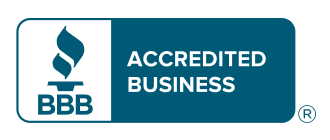One of the most urgent issues facing construction contractors is the ability to attract and retain talent. Several factors may be in play, including the perception that construction can be a dangerous vocation. One way you can attract and retain top talent is to provide a safe workplace with people who are properly trained and alert to job hazards. More than 1.5 million residential construction workers left the industry after the 2008 recession. Fewer than half of those employees have come back. Meanwhile, an economic upturn and stormier weather patterns have contributed to a demand for new construction that has intensified the existing skills shortage. Contractors are finding it difficult and more expensive to adequately staff up for the demand, leading to a much older workforce with an average age of around 50. Additional training may be necessary to assure that aging worker remain safe while performing physically demanding work. Young workers may also need extra training to bring them up to speed on worksite safety practices.
1. FIRST IMPRESSIONS Training – both at orientation and through continual reinforcement – is paramount to protecting new workers. As you plan training and orientation, make it specific to your workplace so that you send a strong and clear message on the importance of safety and how it will be implemented. The safety orientation is your employee’s first impression of how seriously you take safety. Don’t squander this opportunity to set expectations about your company’s safety culture.
2. ORIENTATION AND SAFETY Common elements of an effective orientation and safety program include:
- Encouraging workers to identify and report hazards to a supervisor
- Informing workers of their rights under the Occupational Safety and Health Administration regulations: they have the right to a safe workplace and the right to refuse unsafe work
- Providing site-specific information, including identifying present and expected hazards and how they are to be handled
- Outlining required personal protective equipment
- Conducting hazard assessments that are reviewed by all levels within the organization
- Knowing what to do in an emergency
- Reinforcing management’s commitment to a safety culture
Toolbox talks each week should continue to reinforce those ideas. Follow-up is critical to making sure the orientation was effective.







